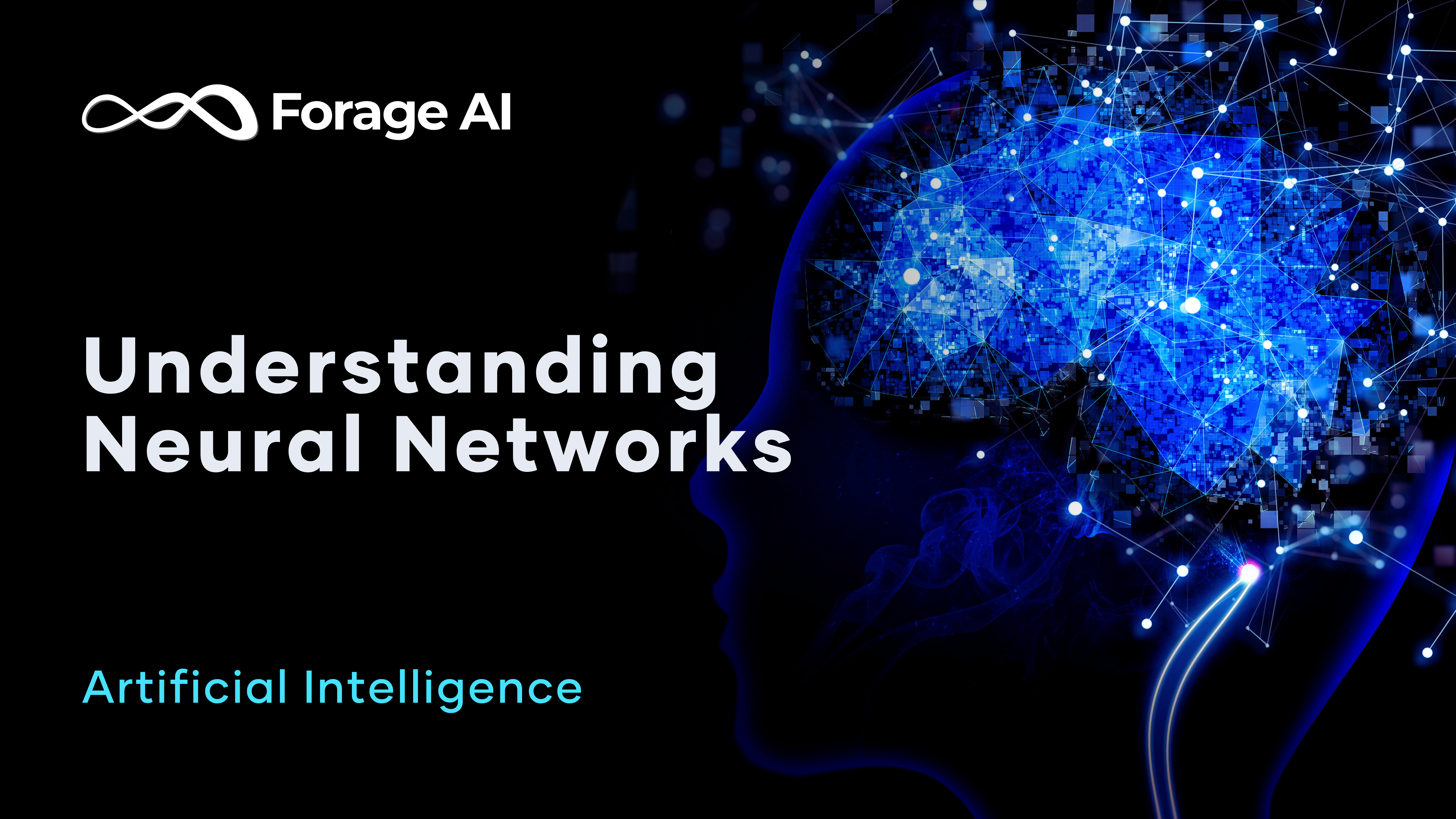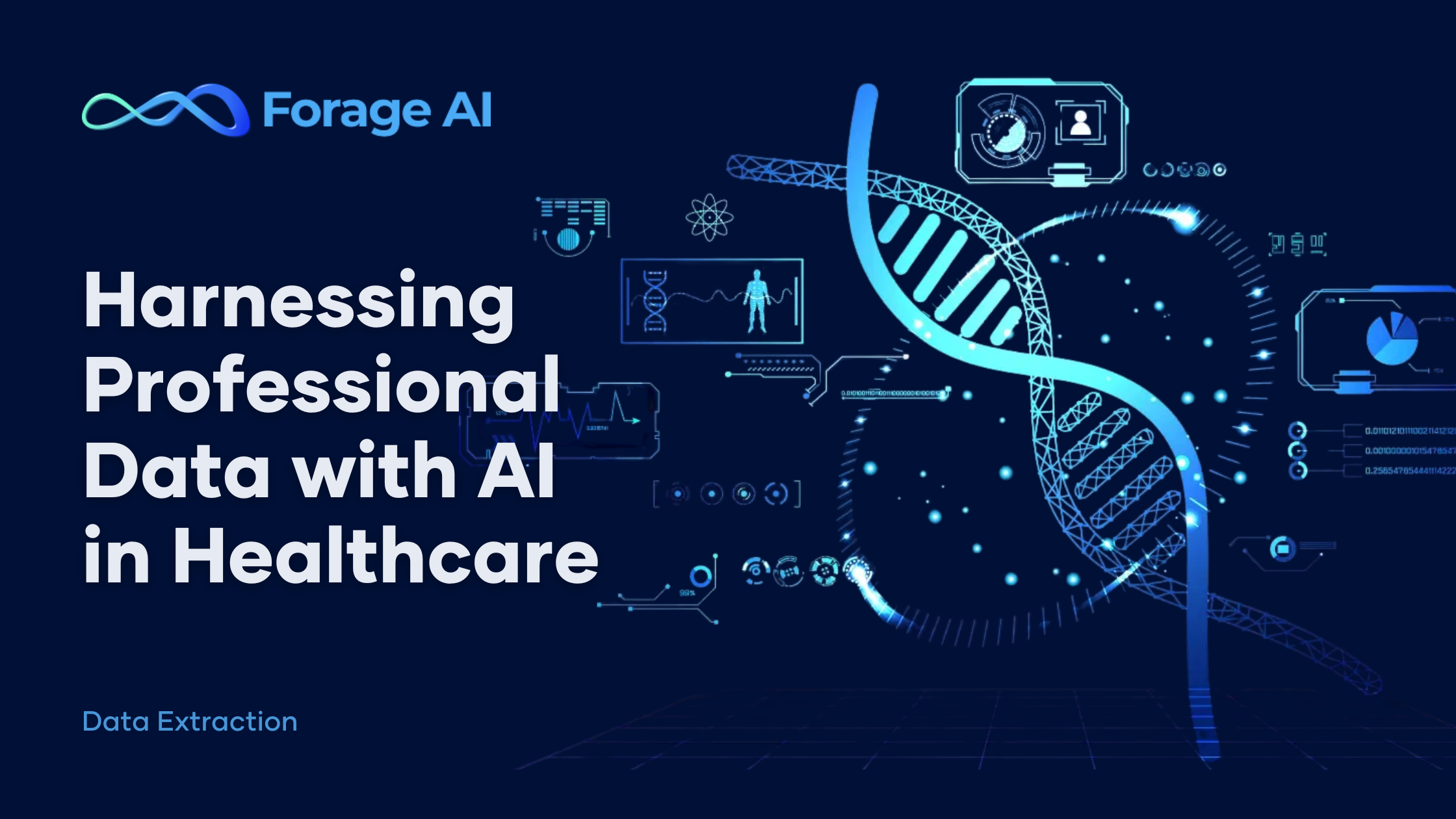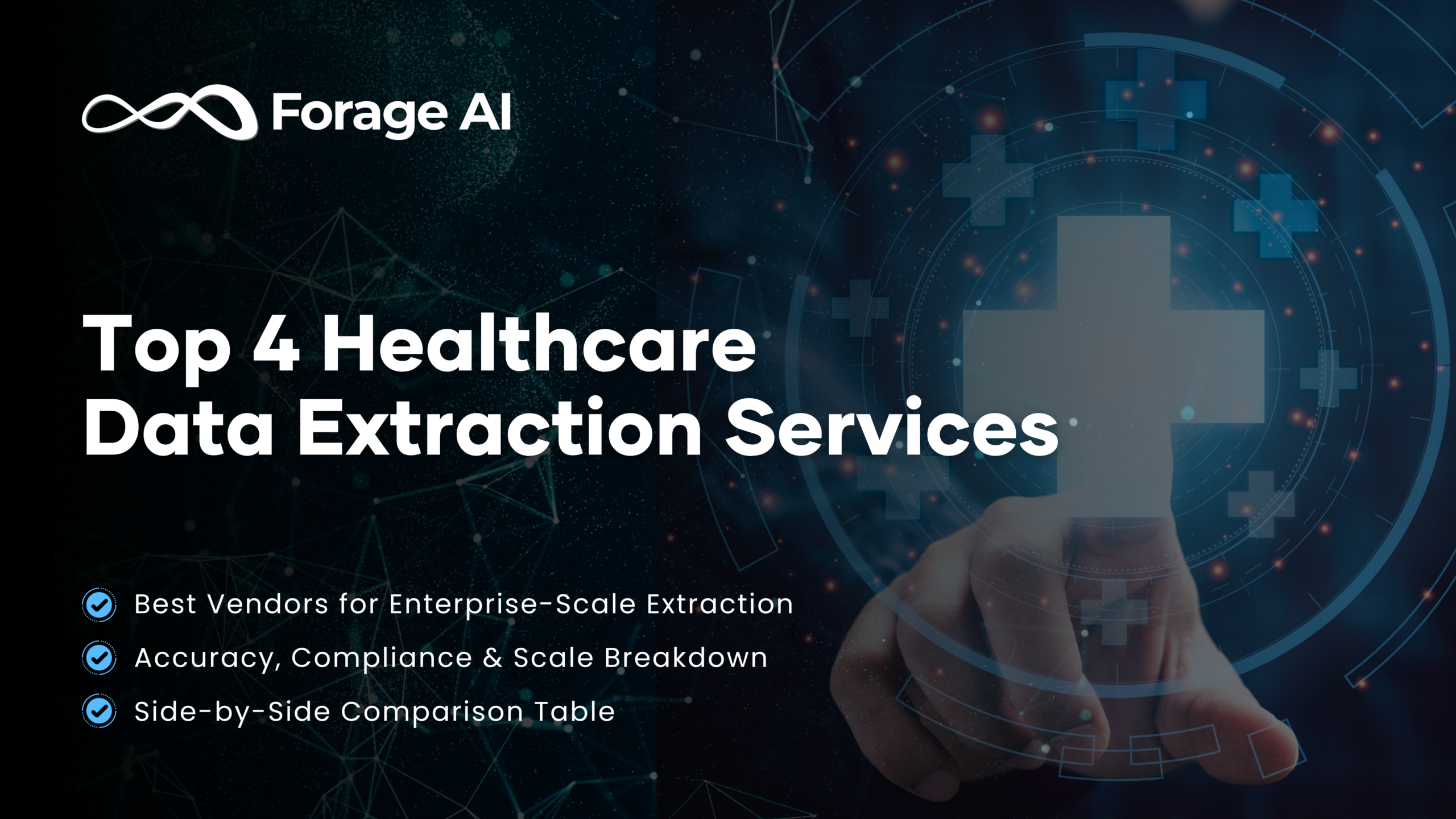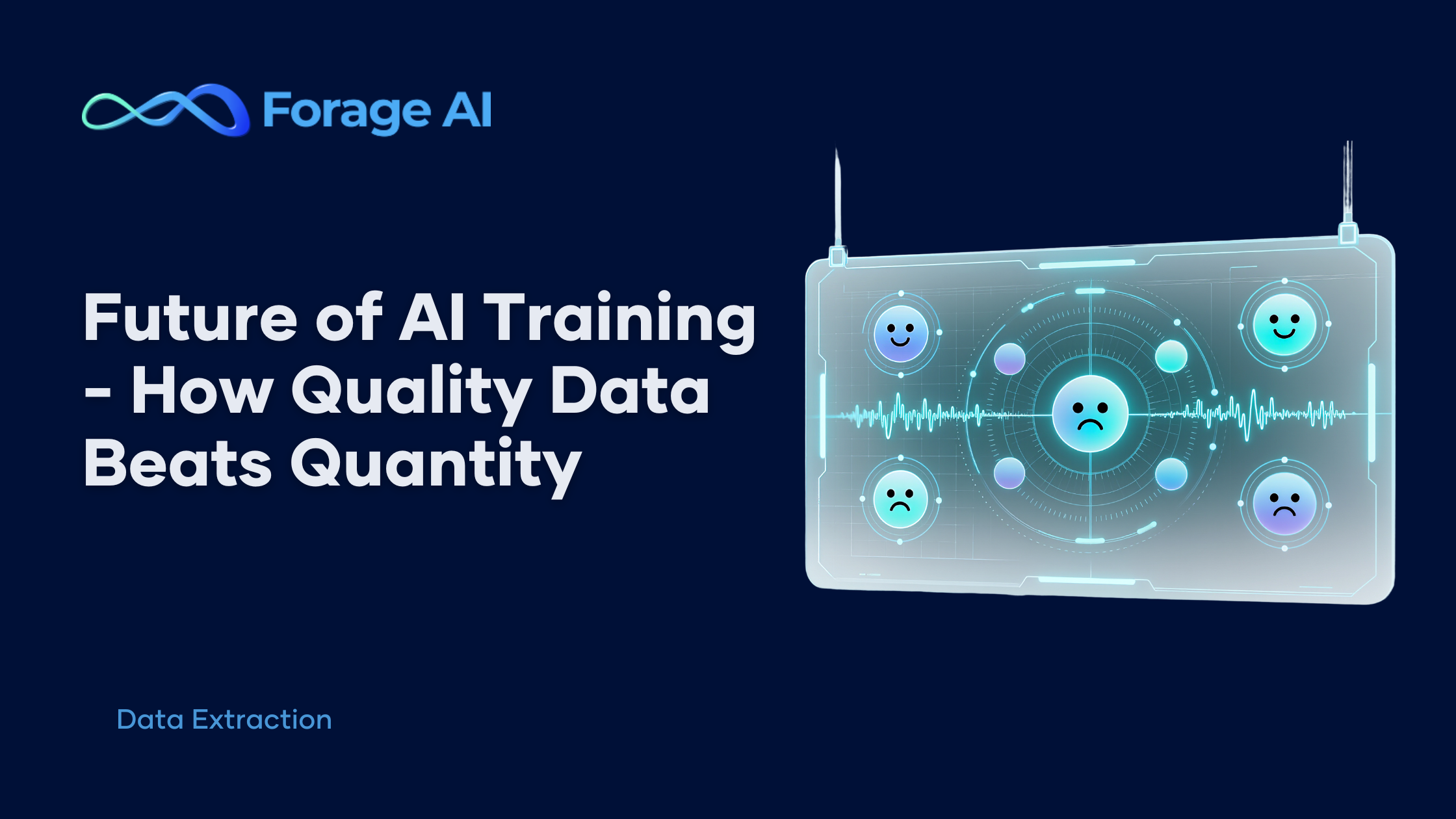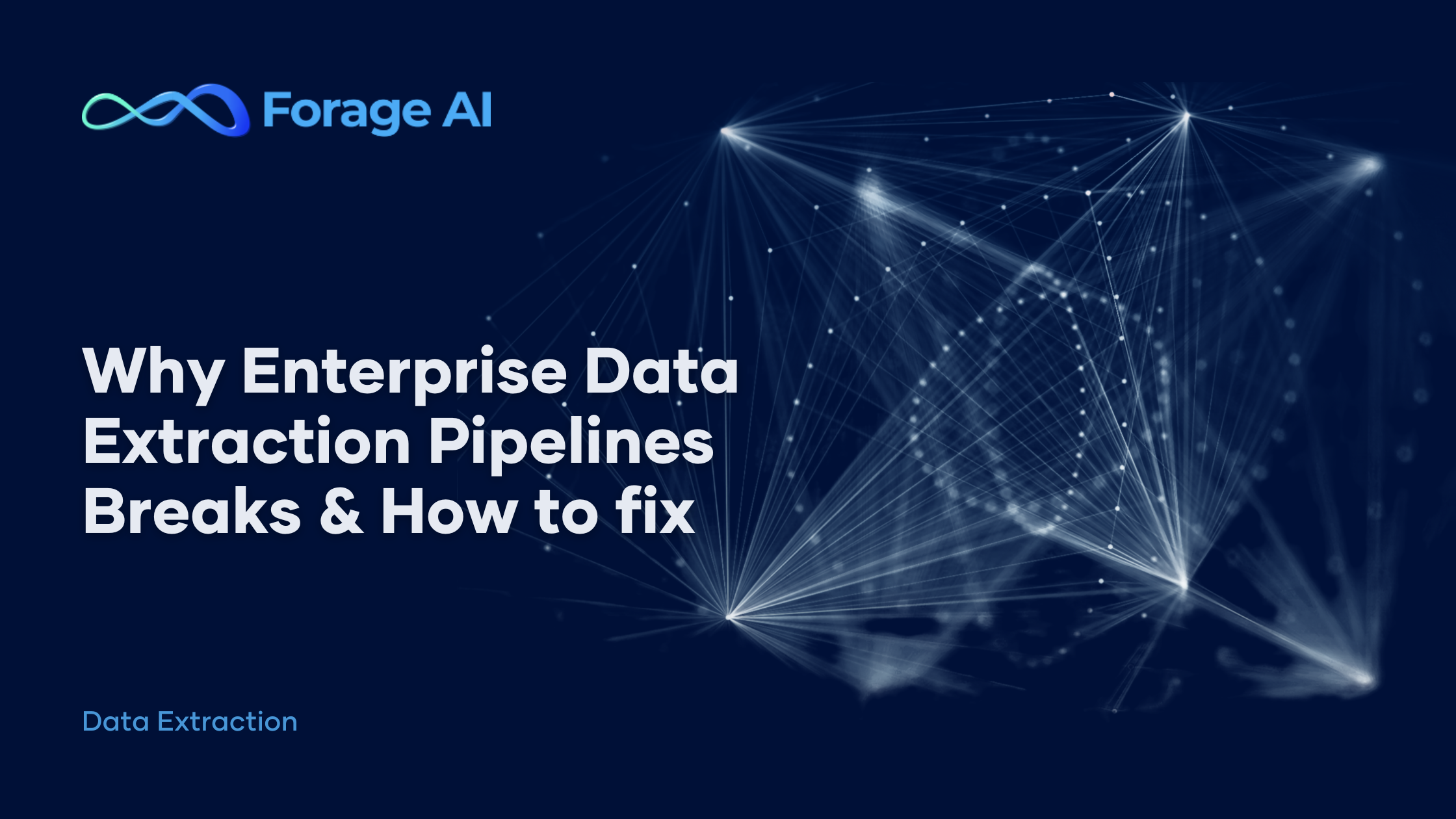As artificial intelligence rapidly evolves, neural networks stand at the core of this transformation. These computational systems, modeled after the human brain, have revolutionized how we process data, recognize patterns, and generate predictions. From language models that understand human text to systems capable of interpreting complex visual data, neural networks have paved the way for innovations that span nearly every industry.
Today, neural networks have branched into specialized architectures, driving state-of-the-art AI applications across various fields. This blog explores their evolution, examining key branches like Large Language Models (LLMs), Vision Language Models (VLMs), and Agentic AI, and how these advancements are reshaping automation, intelligence, and efficiency.
Understanding Neural Networks and Their Evolution
Neural networks are inspired by the brain’s remarkable ability to learn and adapt. These systems are built from layers of interconnected nodes, or neurons, which process inputs, identify patterns, and generate outcomes. Over time, neural networks have evolved into specialized branches, each optimized for handling different types of data and tasks. This evolution has powered today’s AI capabilities, from interpreting natural language to making real-time decisions in complex environments.
The Branches of Neural Networks: Powering Modern AI
- Feedforward Neural Networks (FNNs): As the foundational architecture of neural networks, FNNs process data in a single direction—from input to output. Although limited by their inability to handle sequential data or context, FNNs laid the groundwork for more advanced models. While their use has declined in favor of more dynamic architectures, they still represent an essential starting point in the evolution of neural networks.
- Recurrent Neural Networks (RNNs): Addressing the limitations of FNNs, RNNs were designed to manage sequential data, making them well-suited for tasks like language processing, where understanding the order of inputs is essential. However, traditional RNNs struggle with long-term dependencies, leading to the development of more advanced models like LSTMs (Long Short-Term Memory networks) and transformers, which improve memory and context handling over longer sequences.
- Convolutional Neural Networks (CNNs): Initially created for image recognition, CNNs specialize in detecting patterns in grid-like data, such as pixels in images. Their ability to automatically capture features like edges and shapes revolutionized tasks such as object detection and facial recognition. Today, CNNs extend beyond visual tasks, finding applications in fields like document processing, where recognizing structure in tabular or graphical data is the pillar to precise downstream processing.
- Transformer Networks: Transforming the field of natural language processing (NLP), transformer architectures introduced the ability to process data in parallel and capture long-range dependencies. This architecture became the foundation for advanced models like GPT (Generative Pre-trained Transformers) and BERT (Bidirectional Encoder Representations from Transformers), which now power everything from chatbots to automated content generation and intelligent document analysis. The flexibility and scalability of transformers have made them the backbone of LLMs.
- Vision Language Models (VLMs): Combining the visual pattern recognition capabilities of CNNs with the language understanding of transformers, VLMs are designed to handle tasks involving both images and text. They excel in fields like document processing, where extracting data from a mix of visuals and text is essential, such as analyzing PDFs with embedded tables, diagrams, and metadata.
- Agentic AI: Representing the cutting edge of neural network evolution, Agentic AI systems are capable of autonomous decision-making, adapting to real-world environments without human oversight. These models, which build on reinforcement learning principles, can continuously learn from their surroundings and take independent actions. As we move toward more autonomous systems, Agentic AI represents a significant leap in applications like robotics, real-time web monitoring, and adaptive systems in business.
How Neural Networks Work: A Simple Breakdown
Neural networks are made up of layers of interconnected nodes (often called neurons) that process data. While the inner workings may seem complex, the basic process is quite straightforward: neural networks take in data, transform it through layers of computation, and then produce an output. Let’s break down this process step by step.
1. Input Layer: Receiving the Data
The journey begins with the input layer, where raw data enters the network. Each input is like a piece of information, such as a pixel in an image, a word in a sentence, or a data point in a spreadsheet. The number of neurons in this layer depends on the complexity of the data. For example, an image might have thousands of pixels, while a simple financial report might only have a handful of key metrics.
2. Hidden Layers: Processing and Learning
The input data moves through one or more hidden layers. These are where the real “learning” happens. Each neuron in a hidden layer receives inputs, applies a mathematical transformation, and passes the result to the next layer. The power of neural networks comes from their ability to stack multiple hidden layers, creating a “deep” learning structure.
Here’s how the process works:
- Each neuron in a hidden layer takes inputs from the previous layer, multiplies them by weights (which are adjustable), adds a bias (a small constant), and passes the result through an activation function.
- The activation function decides whether the neuron should “fire” or not, allowing the network to learn non-linear patterns. Common activation functions include ReLU (Rectified Linear Unit), which turns off negative values, and sigmoid, which squashes outputs between 0 and 1.
The deeper the network, the more complex patterns it can learn. For instance, an early hidden layer might learn to recognize edges in an image, while later layers might identify faces or objects based on those edges.
3. Output Layer: Producing the Result
Once the data has passed through the hidden layers, it reaches the output layer, which generates the final result. The type of output depends on the task:
- For image recognition, the output might be the probability that the image belongs to a certain category (e.g., “cat” vs. “dog”).
- In a language model, the output could be the next predicted word or sentence based on the input text.
The network makes its predictions based on the information it learned from the hidden layers.
4. Learning: Training the Network
So, how do neural networks get better over time? The answer lies in training. Neural networks learn by comparing their predictions to the actual results and adjusting their internal parameters (weights and biases) to reduce errors. This process is called backpropagation, and it involves several key steps:
- Forward Pass: The input data moves through the network to produce an output.
- Loss Function: The output is compared to the true result using a loss function, which measures how far off the prediction is.
- Backpropagation: The network calculates how much each neuron contributed to the error and adjusts the weights and biases accordingly.
- Optimization: An optimizer, like Stochastic Gradient Descent (SGD), tweaks the weights to minimize the loss, gradually improving the network’s predictions.
Over time, this process enables the network to learn from data, improve its accuracy, and generalize to new, unseen inputs.
Why Neural Networks are So Powerful
The real strength of neural networks lies in their ability to learn complex patterns from data. Unlike traditional algorithms, which rely on manually coded rules, neural networks learn directly from the data itself. This flexibility allows them to:
- Adapt to a wide range of tasks, from text generation to image recognition.
- Handle large amounts of data, automatically detecting subtle patterns that might be missed by human analysts.
- Continuously improve as they are fed more data, making them incredibly valuable for dynamic and evolving fields like language processing, document extraction, and real-time decision-making.
Neural Networks: Branching into Specialized Advancements
Neural networks have evolved significantly over the past few decades, branching into specialized architectures that power many of the AI advancements we see today. Each type of neural network has given rise to more advanced models tailored for specific tasks such as visual recognition, language understanding, and autonomous decision-making. Understanding these branches helps explain how modern AI systems, including those developed at Forage AI, have come to deliver groundbreaking solutions.
From CNNs to Advanced Visual Models: Tabular Data Detection and Beyond
Convolutional Neural Networks (CNNs) initially revolutionized image processing, enabling AI to recognize objects, detect edges, and classify images. However, the real power of CNNs was unlocked when researchers began extending this architecture for more complex tasks.
Take the case of R-CNNs (Region-based CNNs), which improved upon standard CNNs by allowing AI to detect objects within specific regions of an image. This advancement was bold for tasks like object detection but also for more specific applications, such as detecting tables or structured data within documents. In fields like intelligent document processing (IDP), this technology enables the accurate extraction of tabular data from PDFs, even when tables are irregularly formatted or complex.
Further advancements brought about Vision Language Models (VLMs), which integrate visual understanding with natural language processing. These models are capable of interpreting both text and images simultaneously—an essential function when analyzing documents with mixed content. For instance, when extracting financial data from a scanned report, VLMs can recognize tables, understand their structure, and contextualize the data based on accompanying text. This integration bridges the gap between traditional image analysis and the complex demands of document processing.
Transformer Networks and LLMs: Driving Language and Text Understanding
Parallel to the advances in visual models, transformer networks have revolutionized the field of natural language processing (NLP). Unlike traditional RNNs, which struggle with long-range dependencies in data, transformers introduced mechanisms like self-attention, which allow them to focus on different parts of input sequences simultaneously. This breakthrough laid the groundwork for Large Language Models (LLMs) like GPT (Generative Pre-trained Transformers) and BERT, which have become central to language understanding tasks.
LLMs are particularly adept at handling large volumes of unstructured text, making them indispensable for tasks like document summarization, automated text generation, and answering queries based on vast datasets. These models don’t just recognize patterns in text—they understand the meaning behind the words, enabling more accurate and context-aware outputs. For businesses, this translates into more sophisticated tools for intelligent document processing, where LLMs can extract meaningful insights from contracts, reports, and emails with little manual intervention.
From Reinforcement Learning to Agentic AI: Autonomy in Decision-Making
While CNNs and transformers drive visual and language processing, reinforcement learning (RL) has been key in developing systems that can learn from their environment and make decisions autonomously. RL enables models to adapt over time by learning from trial and error, which is essential in scenarios where AI needs to make decisions based on real-time data.
Building on these principles, Agentic AI represents a significant leap forward, allowing systems to act independently in complex environments without human oversight. These models are designed to continuously improve as they interact with their surroundings, making them valuable for tasks like real-time monitoring, change detection, and even automated business processes that require decision-making capabilities.
Bringing It All Together: Multi-Modal Models and the Future of AI
As neural networks continue to evolve, we are witnessing the rise of multi-modal models, which combine different types of data—text, images, audio, video and more—into a unified framework. Multi-modal systems can process and understand multiple forms of input simultaneously, allowing them to perform tasks that require a comprehensive understanding of different data sources.
For example, when processing a complex legal document, a multi-modal model could extract text-based clauses, interpret embedded diagrams, and even cross-reference related legal cases, providing a more holistic analysis than a single-modal system ever could. This ability to merge the strengths of different branches of AI—visual, language, and decision-making—marks the next frontier in neural network evolution.
Forage AI: A Decade of Innovation and Mastery in Neural Network Advancements
For over a decade, Forage AI has been at the forefront of AI evolution, leveraging advancements in neural networks to develop innovative solutions for complex, data-driven industries. From intelligent document processing to real-time web extraction, we’ve continuously integrated state-of-the-art technologies, providing clients with the precision, scalability, and adaptability they need to succeed in today’s fast-moving digital landscape. Let’s explore how Forage AI utilizes these advancements across key domains, delivering cutting-edge capabilities.
1. Intelligent Document Processing in the Medical Domain: Powered by Vision Language Models (VLMs)
In fields like healthcare, accuracy and precision are non-negotiable. Medical documents, such as patient records, clinical reports, and pharmaceutical data, often contain both structured tables and unstructured text, making traditional extraction methods inefficient. Forage AI’s intelligent document processing solutions leverage Vision Language Models (VLMs), which seamlessly handle both textual and visual data.
For example, in extracting data from medical records, VLMs can simultaneously recognize complex medical terminology, detect tables with patient information, and contextualize this data based on associated text. This allows healthcare organizations to automate the processing of vast amounts of documents while ensuring compliance with medical standards, reducing human error, and dramatically increasing operational efficiency.
2. Real-Time News Monitoring and Change Detection: Harnessing Large Language Models (LLMs) for Precision
For industries such as finance and legal, staying ahead of breaking news is imperative for decision-making. However, the sheer volume of data from news sources, social media, and online platforms can overwhelm traditional monitoring systems. Forage AI utilizes Large Language Models (LLMs) to provide real-time, intelligent news monitoring solutions that go beyond surface-level keyword detection.
Using LLMs, Forage AI’s systems can understand and interpret the content of news articles, recognizing context, sentiment, and potential impact. Paired with web extraction techniques, these models continuously monitor websites for updates, flagging relevant changes based on specific client parameters. For example, in financial markets, timely detection of regulatory changes or market-moving news can mean the difference between making or losing millions. Our systems extract not just the raw data but the insights needed to act swiftly and decisively.
3. Insurance Claims Processing and Fraud Detection: Leveraging Agentic AI and Real-Time Data Management
The insurance industry faces unique challenges, from processing vast amounts of claims data to detecting fraudulent activities. Forage AI’s expertise in Agentic AI and real-time data extraction offers cutting-edge solutions for insurance companies seeking to automate and optimize these critical functions.
By integrating Agentic AI, Forage AI allows insurers to autonomously track and extract relevant data from claim forms, medical reports, and regulatory documents. These systems can monitor policyholder data and external sources—such as legal databases or medical records—for inconsistencies, flagging potential fraud in real time. Furthermore, real-time data stores ensure that this information is immediately available for analysis, allowing insurers to make fast, informed decisions about claim approvals or investigations. This not only enhances efficiency but also reduces risk by ensuring accurate, up-to-date insights at every step of the claims process.
Bringing It All Together: Tailored Solutions with Privacy, Compliance, and Expertise at the Core
In a landscape flooded with AI buzzwords and noise, navigating the right path to transformation can be daunting. At Forage AI, we cut through the clutter with deep expertise in selecting the right models, understanding model depth, and applying the precise data training needed for each unique challenge. We don’t just offer solutions; we understand where and how to apply them for maximum impact.
Whether it’s choosing the right neural network architecture or determining the appropriate scale for data processing, we prioritize trust, privacy, governance, and compliance. Our systems are built to meet the highest regulatory standards, such as GDPR and CCPA, ensuring your data is handled responsibly and securely.
Our approach prioritizes trust and customization. We don’t believe in one-size-fits-all approaches. We work closely with our clients to fully understand their specific needs and challenges, ensuring that the right model, governance structure, and privacy protections are in place. Our holistic approach to AI transformation gives you peace of mind, knowing that your journey is guided by experts who prioritize both innovation and responsibility.
Conclusion: Unlocking AI’s Potential with Forage AI
Neural networks have transformed the way businesses operate, from document processing to real-time decision-making. Understanding how these advancements impact industries today—from healthcare to insurance—requires more than just access to cutting-edge technology. It demands the right expertise to apply these tools effectively, ensuring privacy, compliance, and responsible AI practices are embedded into every solution.
Success in this evolving field requires more than just advanced technology—it demands a partner who understands the nuances of AI and ensures ethical practices at every turn. For over a decade, Forage AI has been that trusted partner, guiding clients through the complexities of AI with a focus on security, compliance, and responsible innovation. Our extensive experience across various sectors allows us to cut through the noise, delivering actionable insights and effective solutions.
Contact Forage AI today to explore how our expertise can help you harness the power of AI, extract meaningful insights from your data, and navigate your industry’s challenges with confidence.
